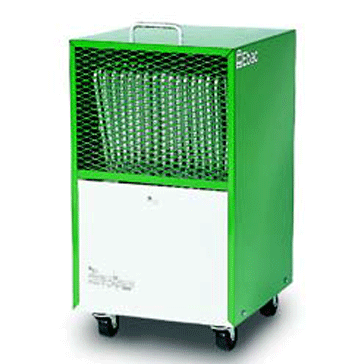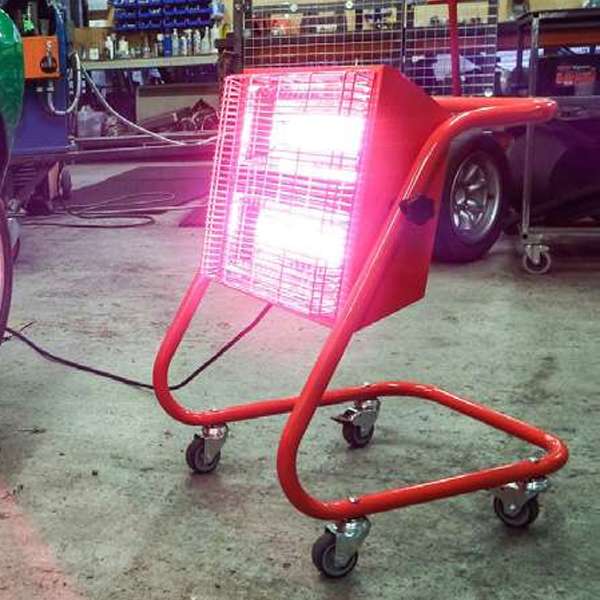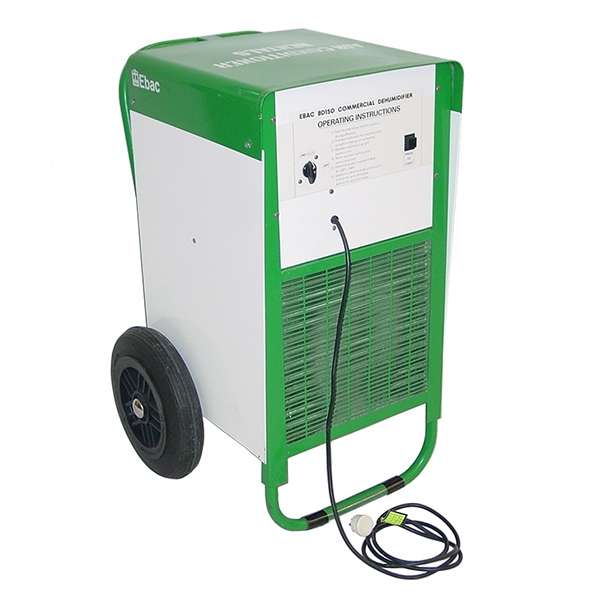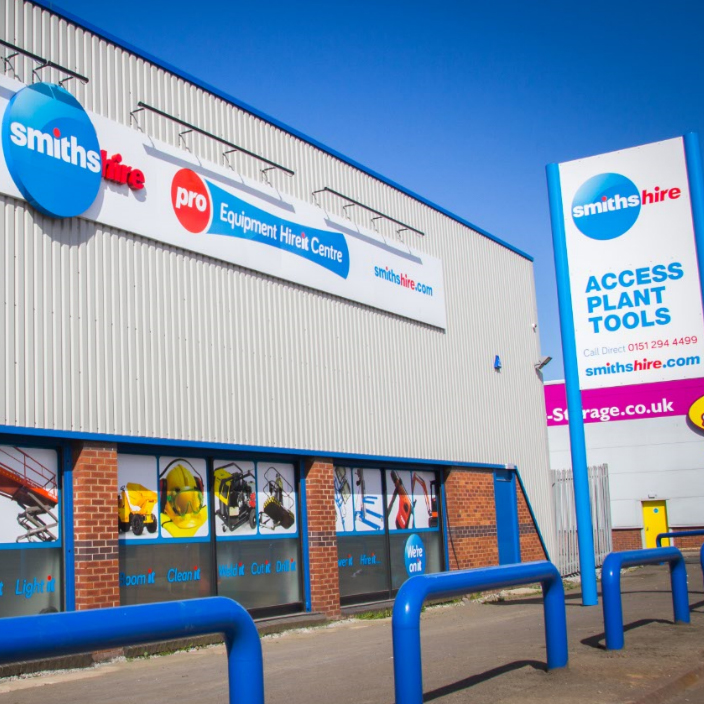If you’re a homeowner or trade professional, you may at some point have wondered how to get rid of condensation. It might sound fairly unassuming, but this unwelcome visitor can quickly take over your home or workplace, leading to mould, funky smells, and, if left long enough, structural damage (believe it or not). However, with a bit of elbow grease, you can tackle condensation and keep your home or workspace warm, dry, and healthy all year long.
At Smiths Hire, we provide more than just our tool hire service; we also like to offer practical advice, like how to stop condensation on windows and in other places. Here’s what you need to know!

What causes condensation?
Condensation forms when warm, moisture-laden air meets a cold surface, like a window or an uninsulated wall. As you can imagine, this often happens in winter when the heating creates a stark contrast between the temperatures inside and outside. Bathrooms, kitchens, and other high-humidity areas are particularly prone to condensation, especially if they don’t have the best ventilation systems.
Condensation generally isn’t always a cause for concern if it’s once or twice because you’ve forgotten to open the window when you’re cooking, but if it’s happening more often than not when the weather gets chilly, then it’s definitely something that needs to be addressed – and sooner rather than later.
If left unchecked, condensation can lead to damp patches, which can damage surfaces and encourage mould growth, which can be dangerous and even trigger respiratory problems or allergies, especially for people who have health conditions like asthma.
How to spot condensation
The signs of condensation aren’t always obvious at first, or you might notice them but pay no attention because they seem harmless. However, it’s worth taking note of something that could turn into a real problem. Look out for water droplets on windows, especially early in the morning, or patches of black speckled mould on walls and around window frames. A damp, musty smell is another giveaway that moisture is building up.
You might also notice your paint or wallpaper starting to peel from the edges, which can be an indicator that there’s moisture trapped underneath. If you see any of these signs, it’s best just to give everything a once-over to confirm whether it’s condensation causing it or something else.
A quick fix for minor condensation issues
If you’ve just noticed the condensation and everything seems in order, start by wiping down the area with a microfibre cloth to remove the moisture and dry the surface. Once the area is dry, keep an eye on it to make sure the issue doesn’t persist. If there’s a nearby window, opening it can help improve ventilation and reduce humidity levels.
In most cases, condensation can be the result of a one-off situation, such as a particularly busy day in a household/workplace or steam from cooking when a window or extractor fan wasn’t used. So, if this is the case, addressing it quickly should prevent it from escalating into a recurring problem.

Long-term solutions to for condensation
If condensation is a recurring problem in your home or workplace, it’s mostly likely a sign that there’s an underlying issue that needs addressing. While quick fixes like wiping down the affected surfaces can offer a temporary solution, getting to the root cause is essential to stop condensation from coming back.
The problem could stem from poor insulation, excessive indoor moisture, or even leaks in your building’s structure. By systematically checking for these common culprits, you’ll be able to identify the source of the problem and take steps to fix it. So, with that in mind, here are some tried-and-tested methods for tackling condensation and keeping dampness at bay for good.
Improve insulation
Poor insulation is often the biggest contributor to condensation. Cold, uninsulated walls, ceilings, and floors create ideal surfaces for moisture to condense, which is what leads to damp patches and mould. Improving your insulation could be as simple as investing in some double-glazed windows if you don’t already have them. They’ll eliminate cold spots and enhance energy efficiency by keeping heat in and helping to maintain a consistent temperature throughout your home or workplace. It’s very cost-effective!
Use a dehumidifier
Dehumidifiers are a simple yet powerful tool for managing excess indoor moisture. Extracting excess moisture from the air creates a drier, healthier environment and helps prevent condensation from forming in the first place. It can also suck up the moisture that’s already in the room so you can work on spaces that have previous condensation damage.
If you need a dehumidifier, you’re in luck; at Smiths Hire, we have dehumidifiers to suit all spaces and requirements! Our small dehumidifier – 110V is compact, sturdy, and perfect for drying out individual rooms or smaller areas, ideal if you’re dealing with minor damp issues at home. For larger spaces, our large dehumidifier – 110V offers industrial-grade capabilities. It’s well suited to spaces like construction sites, flood recovery, or bigger projects where you really have a tough job on your hands. This particular model is a favourite amongst our trade and professional customers.

Check your space for leaks
If dampness is persistent no matter what you try, it might not just be condensation you’re dealing with – it could be a sign of a leak. If this is the case, you’ll need to take a look at areas like the roof, your plumbing, or exterior walls for cracks, gaps, or damage that could let moisture creep in.
If you spot a small crack, it’ll probably be an easy fix, like using a waterproof sealant to fill any cracks or gaps. If the problem seems to be larger, it’s best to consult a professional to assess the situation and advise on what you need to do to get it sorted.
Keep your space warm
Consistent heating can also make a big difference when it comes to condensation; it can also slow down the spread of damp. Keeping your home or workspace warm stops surfaces from getting cold, which reduces the chance of condensation forming. Try to avoid big temperature drops, as they can make things worse. Thermal curtains or blinds are a great way to trap in as much heat as possible, even if you just put them up for the winter months. If you use them, just be sure to leave a little gap to let the air circulate and prevent moisture from getting trapped! Check out our range of heating solution products should you need to warm up a space.

If you have any questions or need help choosing the right dehumidifier for your space, our friendly team is just a call away at 0333 323 2100. You can also take a look at our dehumidifier hire options here on our website or at our website or stop by one of our 18 tool hire depots which are conveniently located in or near major cities like Manchester, Liverpool, and Bradford. We’re always here to help!


 SPEAK TO US
SPEAK TO US

 My Account
My Account





